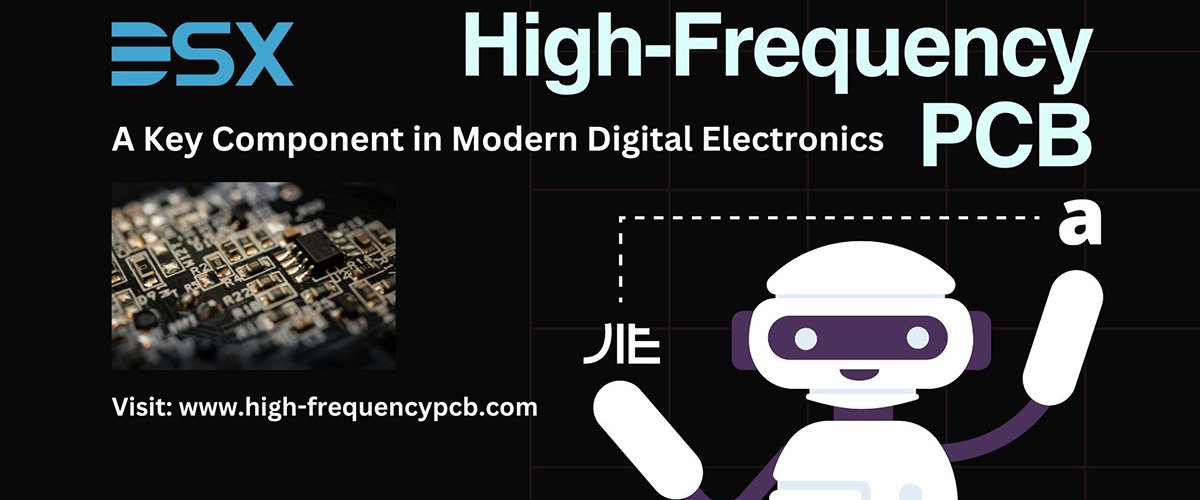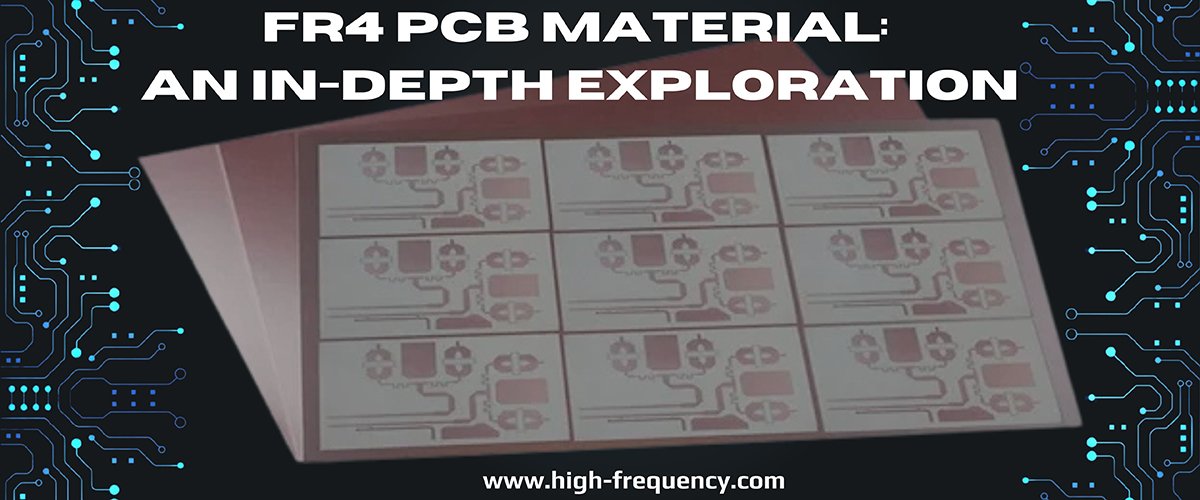Miniaturization and High-Density Interconnect (HDI) PCBs: Enabling the Future of Compact Electronics

As technology continues to evolve, so too does the demand for smaller, more powerful electronic devices. The trend of miniaturization is driving innovation across the electronics industry, particularly in the development of High-Density Interconnect (HDI) PCBs. HDI PCBs are revolutionizing the design of compact devices, enabling the integration of more complex and dense circuit designs in smaller spaces. This article explores the significance of HDI PCBs in the context of miniaturization and their growing importance in smartphones, wearables, and other compact electronic devices.
Understanding HDI PCBs:
High-Density Interconnect (HDI) printed circuit boards (PCBs) are advanced circuit boards that allow for more complex designs in a smaller footprint. These boards utilize finer traces, smaller vias, and thinner layers compared to traditional PCBs. The result is a significant increase in the number of components that can be placed in a given area, all while maintaining high levels of performance and reliability.
HDI PCBs are typically characterized by:
>>> Microvias: Smaller vias that enable high-density interconnections without taking up excessive space.
>>> Laser-drilled Vias: Precision drilling techniques that allow for more efficient and accurate via placement.
>>> Layer Stacking: The ability to stack multiple layers in a compact design, providing more real estate for complex circuitry.
>>> Smaller Trace Widths: Reduced trace sizes to accommodate higher-density components.
This technology plays a critical role in enabling the miniaturization of devices without compromising performance.
The Growing Demand for HDI PCBs:
As consumer electronics shrink in size, the complexity and performance of these devices continue to increase. Smartphones, wearables, medical devices, and other compact electronics require more powerful components to deliver advanced features while fitting into a limited space. HDI PCBs are integral to this evolution, allowing manufacturers to integrate advanced features such as high-speed data transmission, wireless connectivity, and more powerful processors in smaller, thinner devices.
Why HDI PCBs Are Essential for Modern Electronics:
1. Increased Component Density: One of the main benefits of HDI PCBs is the ability to fit more components into a smaller area. This is particularly important in smartphones, tablets, wearables, and other portable devices that require miniaturized components to remain lightweight and compact.
2. Enhanced Performance: With HDI PCBs, designers can achieve higher signal integrity and faster data transmission speeds. This is crucial for modern electronic devices that need to support high-performance tasks such as 5G connectivity, high-definition video streaming, and real-time data processing.
3. Smaller Footprint: As consumers demand smaller, more efficient devices, HDI PCBs allow for compact designs that still meet the necessary functionality. This is especially true for wearables like smartwatches, fitness trackers, and medical devices, where every millimeter counts.
4. Improved Reliability: HDI PCBs are known for their durability and reliability. The smaller vias and higher density of interconnections reduce the likelihood of errors or failures in the circuitry, making them ideal for critical applications in healthcare, automotive, and military devices.
Applications of HDI PCBs in Modern Devices:
>>> Smartphones and Tablets: The compact nature of HDI PCBs enables the integration of multiple layers of circuitry in smartphones, allowing manufacturers to pack more features into sleeker, thinner designs. With the growing trend of 5G and advanced multimedia capabilities, HDI PCBs are essential in supporting high-speed data transfer and power-efficient performance.
>>> Wearables: From smartwatches to fitness trackers, wearables require miniaturized components that don't sacrifice performance. HDI PCBs make it possible to incorporate the necessary sensors, processors, and communication modules into these small devices.
>>> Medical Devices: In the medical field, HDI PCBs are used in diagnostic equipment, monitoring devices, and implantable devices. The ability to fit more complex circuitry into smaller packages is crucial for maintaining portability and functionality in life-saving medical technologies.
>>> Automotive Electronics: Modern vehicles are equipped with a wide array of electronic systems, including advanced driver-assistance systems (ADAS), infotainment, and electric vehicle components. HDI PCBs are used to create compact, high-performance electronics that can withstand the demanding environment of an automotive system.
Benefits of HDI PCBs in Miniaturization:
The key benefits of HDI PCBs in the miniaturization of electronic devices include:
>>> Compact Design: HDI PCBs enable the creation of smaller, more lightweight products without sacrificing functionality.
>>> Cost-Efficiency: Although HDI PCBs are more complex to manufacture, their ability to reduce the size of devices can lead to overall cost savings in production.
>>> Improved Functionality: High-density designs allow for more features to be integrated into compact devices, improving overall product performance.
>>> Faster Time-to-Market: Manufacturers can accelerate the development of new products by utilizing HDI PCBs, which streamline the prototyping and production process.
Challenges of HDI PCB Manufacturing:
While HDI PCBs offer numerous advantages, they also present several challenges. The precision required to create smaller traces and vias can make manufacturing more complex and costly. Additionally, the need for advanced materials and specialized equipment increases production time and costs.
However, as the demand for miniaturized electronics continues to rise, manufacturers are increasingly investing in HDI PCB technology to meet the needs of the market.
High-Density Interconnect (HDI) PCBs are at the forefront of the miniaturization revolution in electronics. Their ability to support high-density, complex circuit designs in smaller spaces has made them essential for a wide range of applications, including smartphones, wearables, medical devices, and automotive electronics. As the demand for smaller, more powerful devices continues to grow, HDI PCBs will play a critical role in shaping the future of compact electronics.
For more information on HDI PCB technology and how it can benefit your product development, contact us or explore our PCB design services.
 High-Frequency PCB: A Key Comp
High-Frequency PCB: A Key Comp
 High-Frequency PCBs Design, Ma
High-Frequency PCBs Design, Ma
 Miniaturization and High-Densi
Miniaturization and High-Densi
 FR4 PCB Material An In-Depth E
FR4 PCB Material An In-Depth E
